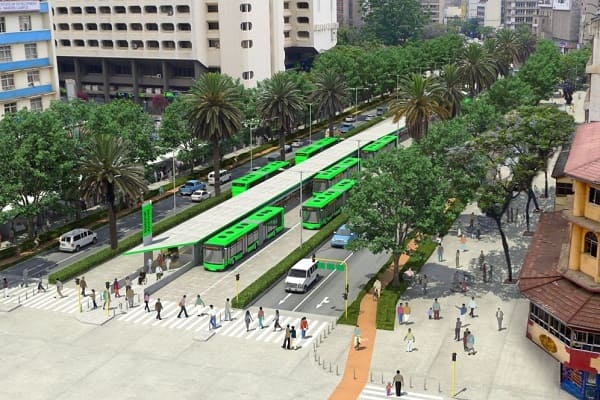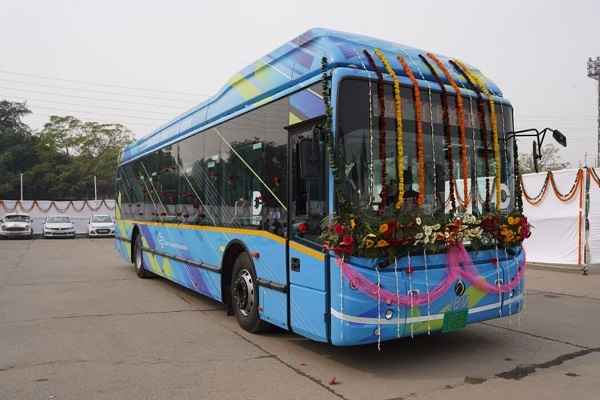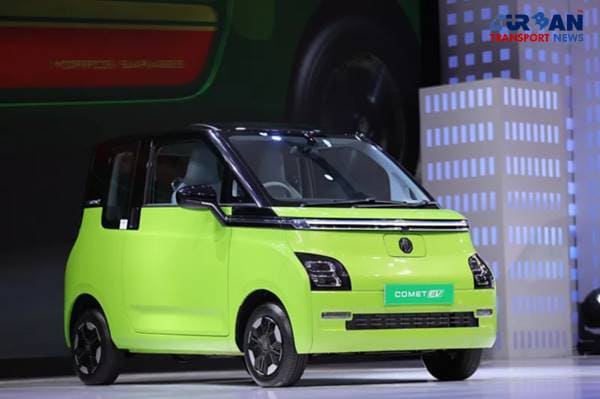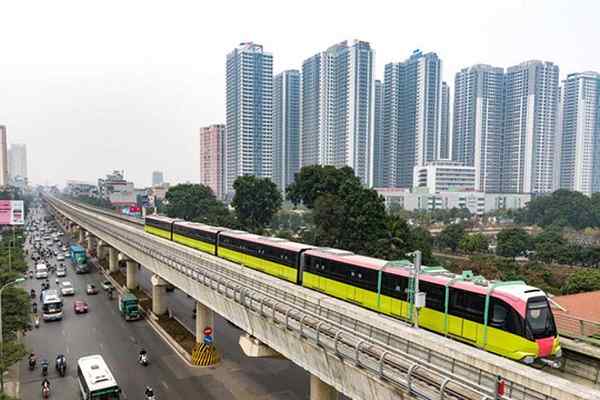 Vietnam plans new metro rail lines to replace its BRT systems in Hanoi
Vietnam plans new metro rail lines to replace its BRT systems in Hanoi 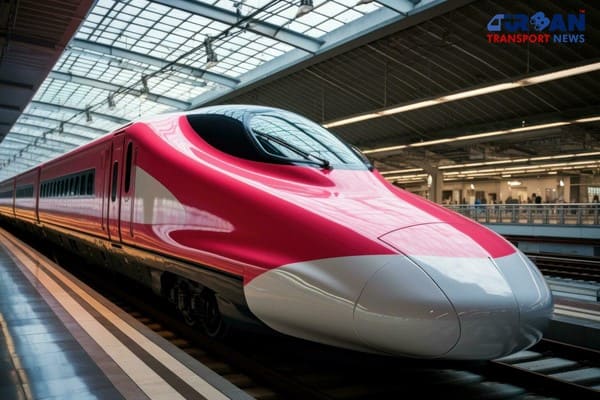 Revolutionizing Indian Railways: The Rise of Indigenous High Speed Bullet Trains
Revolutionizing Indian Railways: The Rise of Indigenous High Speed Bullet Trains Ayodhya deployed Gobbler Litter Buster to keep the City clean
Ayodhya deployed Gobbler Litter Buster to keep the City clean BMW's Emissions Investigation: What Does It Mean for Drivers?
BMW's Emissions Investigation: What Does It Mean for Drivers?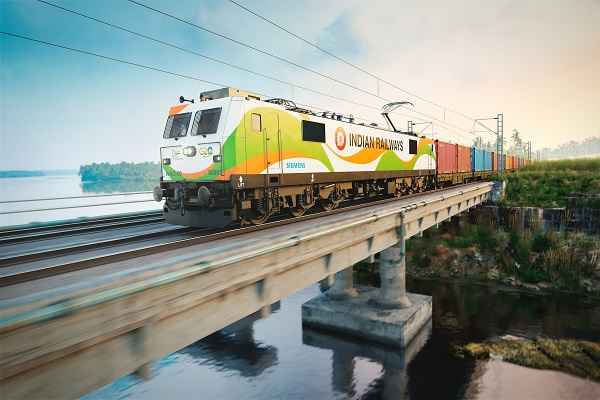 171 Years of Indian Railways: A History of Innovation and Progress
171 Years of Indian Railways: A History of Innovation and Progress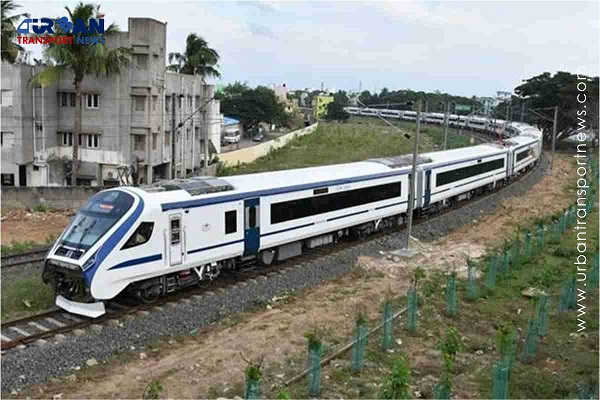 Vande Bharat Express trains carries over two crore passengers since their inception
Vande Bharat Express trains carries over two crore passengers since their inception BPCL partners with Noida International Airport to construct ATF Pipeline
BPCL partners with Noida International Airport to construct ATF Pipeline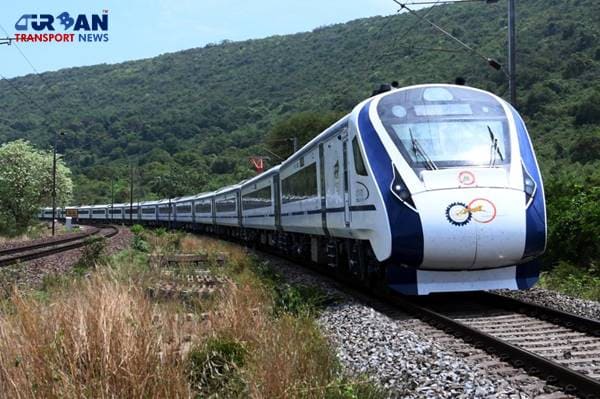 What are the Railway Development Plans in BJP's Manifesto for 2024-2029?
What are the Railway Development Plans in BJP's Manifesto for 2024-2029?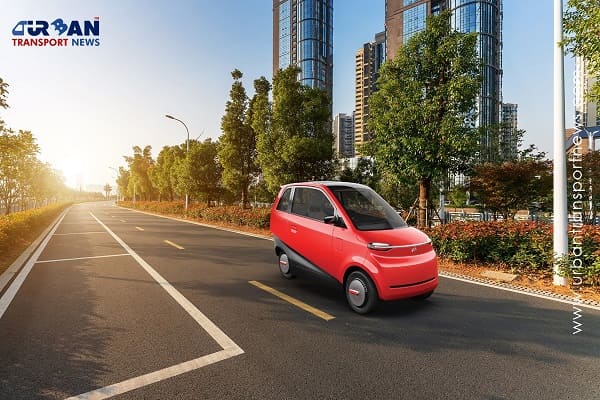 Latest innovations shaping the urban mobility sector across the globe
Latest innovations shaping the urban mobility sector across the globe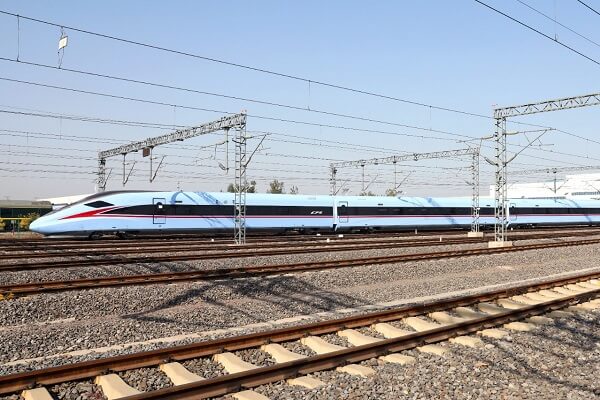 California issues RfP for procurement of High Speed Bullet Trains
California issues RfP for procurement of High Speed Bullet Trains
+/- Battery: The future of Electric 2-Wheeler and 3-Wheeler in India
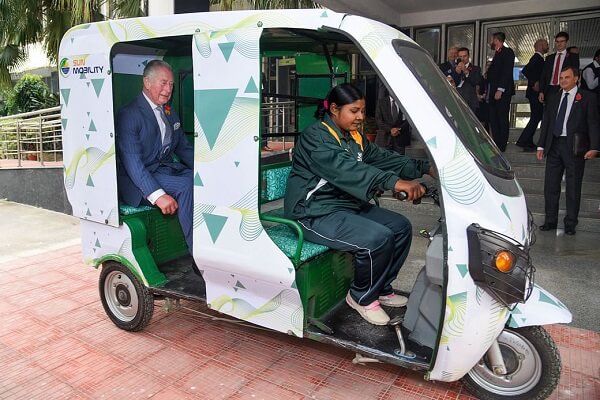
India’s urban mobility needs are growing with rapid urbanization and population growth. The transport sector accounts for about a quarter of the global GHG emissions due to extensive vehicular growth and congestion on roads. Electric vehicles allow addressing the externality of emissions and the continuous reduction in battery cost along with technology advancement has created an alternative to ICE vehicles. Globally, the automotive industry is going through a paradigm shift from conventional to electric vehicles and India has also taken several initiatives to promote EV adoption in the country.
Sale and Registration of E 2-Wheeler and 3-Wheeler without Battery
One of the most recent letters issued by the Ministry of Road Transport and Highways, Government of India to all the states and UTs Transport Secretaries enables the sale and registration of Electric 2W and 3W without batteries. MoRTH stated that vehicles without batteries can be sold and registered after getting an approval certificate issued by a testing agency. There is also no need to specify the type or any other details of the battery for vehicle registration. However, the prototype of the electric vehicle and the battery (regular battery or the swappable battery) is required to be type approved by the test agencies specified under Rule 126 of the Central Motor Vehicles Rules, 1989. This step was taken primarily to reduce the large upfront cost of the E-2 wheeler and 3 wheeler as battery accounts for 30-40% of the vehicle cost and to promote Battery As A Service (BAAS) concept and business model that can be taken up by OEMs or Energy Providers. This will significantly reduce the capital cost of electric 2 wheeler and 3 wheeler and make it equivalent or even less than the ICE vehicles.
Puzzled Industry and their concerns
Though this notification seems to have the potential to revolutionaries the demand of EVs in the market, lack of clarity from the government on standardization, fiscal incentives, safety & security, and regulatory framework has perplexed the EV industry, particularly the vehicle and battery manufacturers and energy providers.
The industry response to this new amendment is mixed and has split the industry into two parts. While battery manufacturers and energy providers seem to be happy, few vehicle manufacturers and experts have their justified concerns about it. Mr. Mahesh Babu, CEO, Mahindra Electric stated that up to sales, the OEM is responsible for the safety of the vehicle. A vehicle is tested, manufactured and sold as an integrated vehicle and OEM is responsible for the warranty. Further, the existing GST for batteries is 5% if sold with the vehicle and is 18% for charging and for separate sale. The GST for batteries has to be revised as per this new model of vehicle sale and registration for the plan to take off.
The FAME II scheme provides demand incentive based on the KWH of the battery and in this new model of sale and registration of the vehicle, there is no clarity if the national fiscal incentives are still available or not. Either the subsidy can be completely shifted to the battery providers because the vehicle cost will be equal or less than that of ICE vehicles or can be partially divided between the vehicle manufacturer and battery providers. According to the newly notified Delhi EV policy, in case of sale of the vehicle without battery, 50% of the incentive shall be provided to the vehicle owner and the remaining amount up to 50% would be provided to Energy Operators for defraying the cost of any deposit that may be required from the end-users for the use of a swappable battery.
In addition to that, standardization of battery technology is going to be critical for this model and it should be the combined responsibility of the vehicle and battery manufacturers towards developing the integration system keeping in view the safety of the vehicle.
Lastly, the concern with the breakdown of the vehicle and its responsibility with the battery provider and vehicle manufacturer has to be explored in detail. There is a need for a framework that distributes the risks associated with vehicle operation and identify the responsible stakeholder for different breakdowns possible.
Way Forward
This new amendment in the sale and registration of electric 2 wheeler and 3 wheeler is certainly going to boost the EV adoption in India. The notification addresses the biggest barrier of large upfront cost and facilitates innumerable business models in this sector. However, the notification without been accompanied by details regarding vehicle safety, incentive distribution, battery standards, and financial implication has baffled the EV industry. For the successful implementation of this new model, the government needs to address the concerns of the vehicle and battery manufacturers because without their support and confidence this scheme would not be effective.





